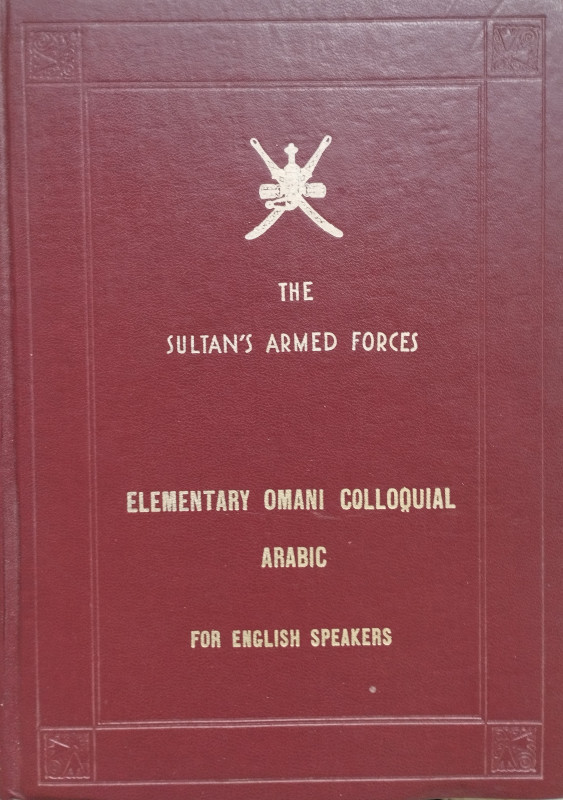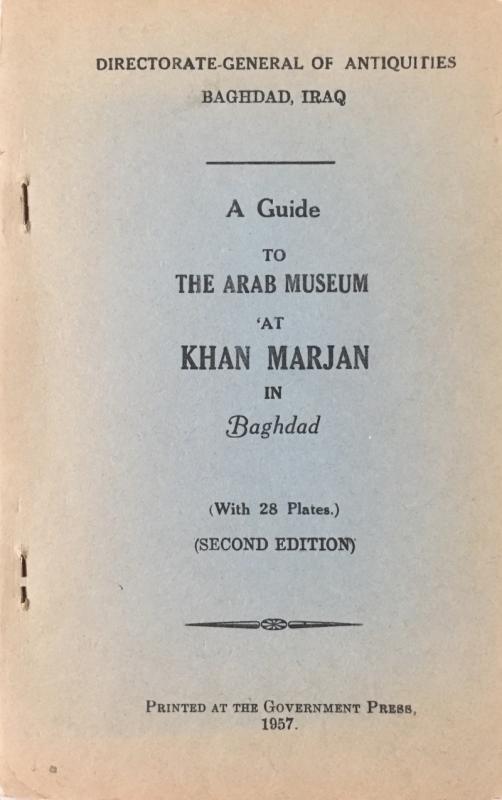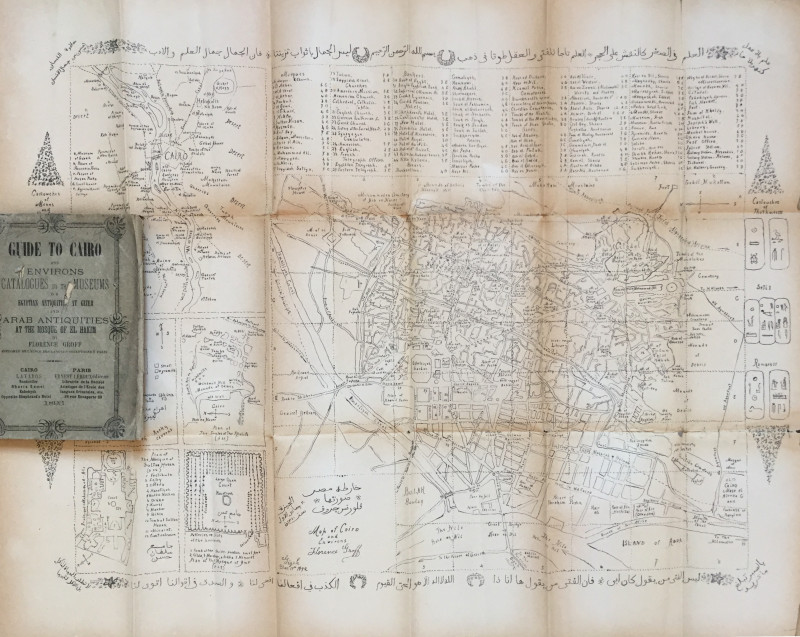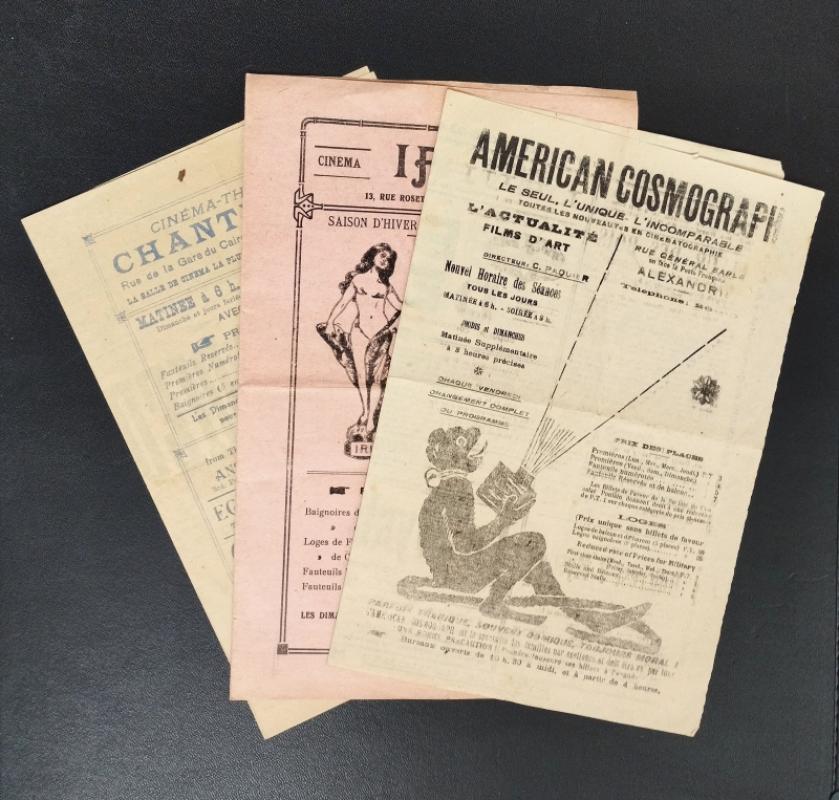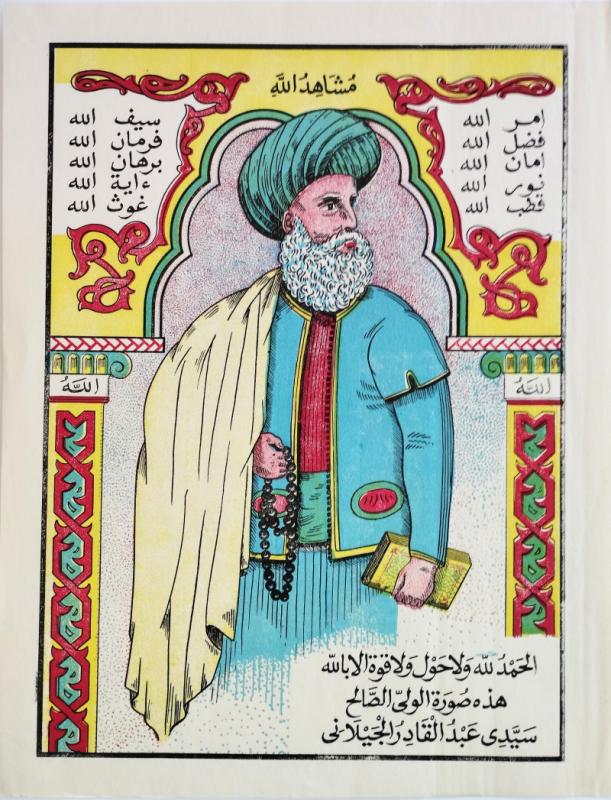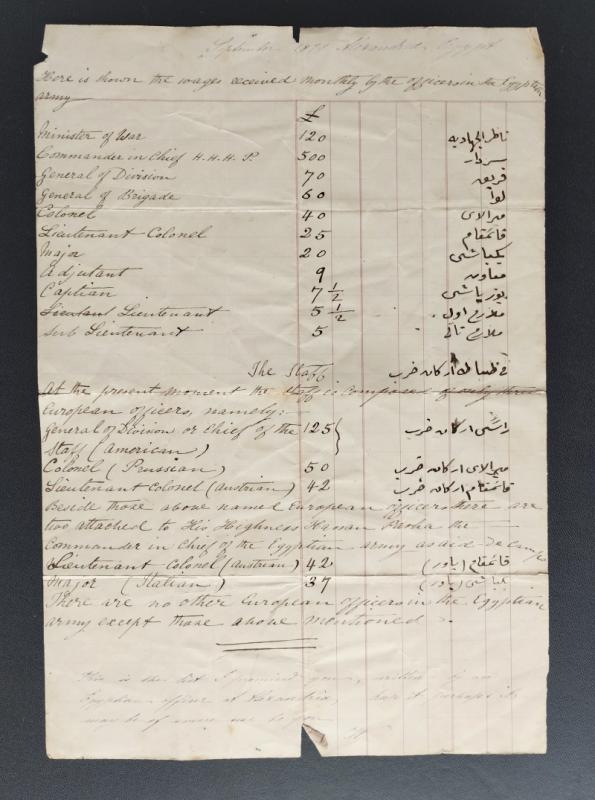Map of Gallipoli. Sheet 2 [Sulva Bay]
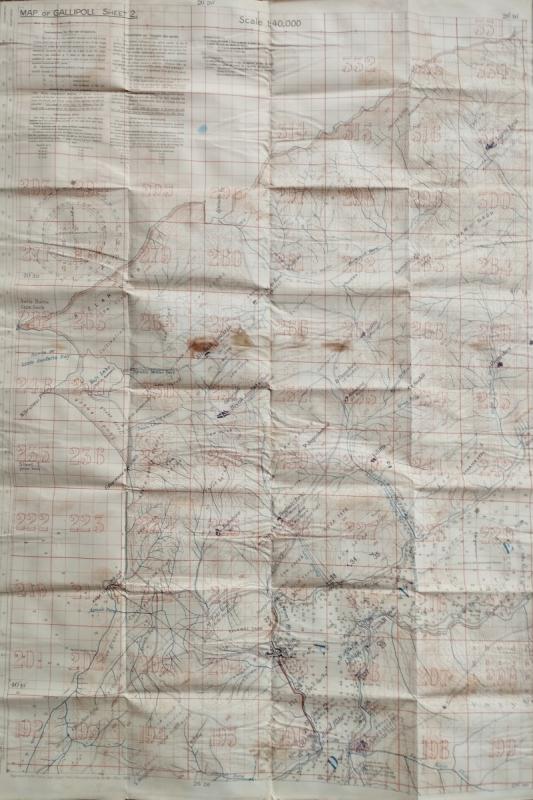

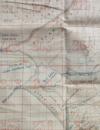
Book Description
CHARTING THE ILL-FATED GALLIPOLI CAMPAIGN
Colour-lithographed map printed in blue, black and orange, titled printed in purple to the verso, folded, 590 by 867mm, linen backed, scale 1:40,000, some spotting and foxing affecting the map and the verso. Cairo.
Dealer Notes
A large-scale trench map covering the Canakkale sector of the Galiipoli campaign. Printed as a part of a three-sheet series covering the entire peninsula, the offered map reaches N to Tafur Keui, S to Maghram, E to Kain Burnu and W to include the site of Sulva Bay, the ill-fated site of a British landing to break Ottoman resistance. Taken by troops onto the landings, notations such as 'possible landing place,' and an index showing how to communicate updated enemy positions highlights that this map was intended to improve information on the terrain and Ottoman defensive positions.
The landing of Sulva Bay was designed to coincide with an attack at Sari Bair to break the Ottoman lines. However, Leiutenant General Stopford - who was organising the attack - was elderly and had limited experience as a wartime leader. His decision to consolidate the Allied positions (rather than advancing), allowed the Ottoman and German armies to reinforce and occupy the high ground. Subsequently, the Allies suffered nearly 20,000 casulties at Sulva Bay and Stopford was relieved of his command in August 1915.
These maps derived from the 1908, 1:63,360 map and was issued to officers in the Mediterranean Expeditionary Force. However, once the M.E.F. had landed, it was found that they were dangerously inaccurate. All copies were destroyed as soon as more accurate maps became available in July and August 1915 (the Allies fortuitously captured a six-part set of newly published Ottoman maps of the Dardanelles. These maps were sent to the Arab Bureau in Cairo where a team - led by T.E Lawrence - translated and enlarged them).
Rare. OCLC locates a single holding at the National Library of New Zealand. This cataloguer then locates two holdings at the Australian War Memorial and the ANZAC Memorial, Sydney.
The landing of Sulva Bay was designed to coincide with an attack at Sari Bair to break the Ottoman lines. However, Leiutenant General Stopford - who was organising the attack - was elderly and had limited experience as a wartime leader. His decision to consolidate the Allied positions (rather than advancing), allowed the Ottoman and German armies to reinforce and occupy the high ground. Subsequently, the Allies suffered nearly 20,000 casulties at Sulva Bay and Stopford was relieved of his command in August 1915.
These maps derived from the 1908, 1:63,360 map and was issued to officers in the Mediterranean Expeditionary Force. However, once the M.E.F. had landed, it was found that they were dangerously inaccurate. All copies were destroyed as soon as more accurate maps became available in July and August 1915 (the Allies fortuitously captured a six-part set of newly published Ottoman maps of the Dardanelles. These maps were sent to the Arab Bureau in Cairo where a team - led by T.E Lawrence - translated and enlarged them).
Rare. OCLC locates a single holding at the National Library of New Zealand. This cataloguer then locates two holdings at the Australian War Memorial and the ANZAC Memorial, Sydney.
Author
[ARAB BUREAU]
Date
[1915]
Binding
N/A
Publisher
Survey of Egypt
Condition
Good
Pages
1
Friends of the PBFA
For £10 get free entry to our fairs, updates from the PBFA and more.
Please email info@pbfa.org for more information

